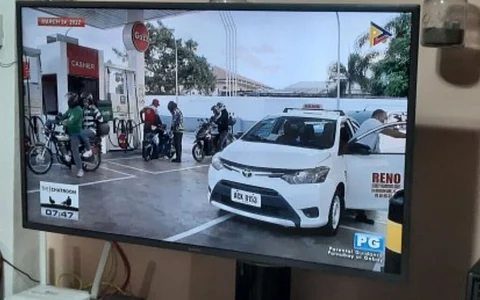
- NEWS
- the EDIT
- COMMENTARY
- BUSINESS
- LIFE
- SHOW
- ACTION
- GLOBAL GOALS
- SNAPS
- DYARYO TIRADA
- MORE

The full nationwide transition to digital from analog television is proceeding slowly, as is the case with full electrification, due to the slow adoption of digital terrestrial TV among households in provinces.
At a public briefing on Monday, National Telecommunications Commission, or NTC, Deputy Commissioner Alvin Blanco said the agency will focus first on the digital TV shift across Mega Manila, which is currently at about 83 percent.
Blanco, however, said reinforcements are underway so that provincial adoption can keep up with Metro Manila.
Mega Manila area
“For the Mega Manila area, around 82 to 83 percent of the TV households receive digital reception, that’s a big percentage. Based on the data, the households that rely on analog are less than a million in Mega Manila,” Blanco said.
“The transition is also underway in provinces. There is also digital TV services provided in other areas of the country like Cebu and Davao, but at this point, we are looking at Metro Manila first because here the reception of digital TV is higher. Similar to what was done in Metro Manila, we will be doing that nationwide but at a later time,” he added.
The NTC initially planned to shut off analog TV broadcasts by 2023 but it was stalled due to difficulties reaching far-flung areas.
Japan’s ISDB-T standard
The NTC issued Memorandum Circular No. 05-11-2013 in November 2013, adopting Japan’s ISDB-T standard for the Philippines’ migration to digital TV.
In 2022, GMA Network Inc. expanded its digital TV coverage across the country by launching GMA Affordabox. This plug-and-play device can be effortlessly connected to an analog TV to receive digital television broadcasts.
Similarly, TV5 Network Inc. released its DTT set-top box named Sulit TV Box in September 2021. ABS-CBN Corp., on the other hand, introduced the TVplus box back in 2015.
